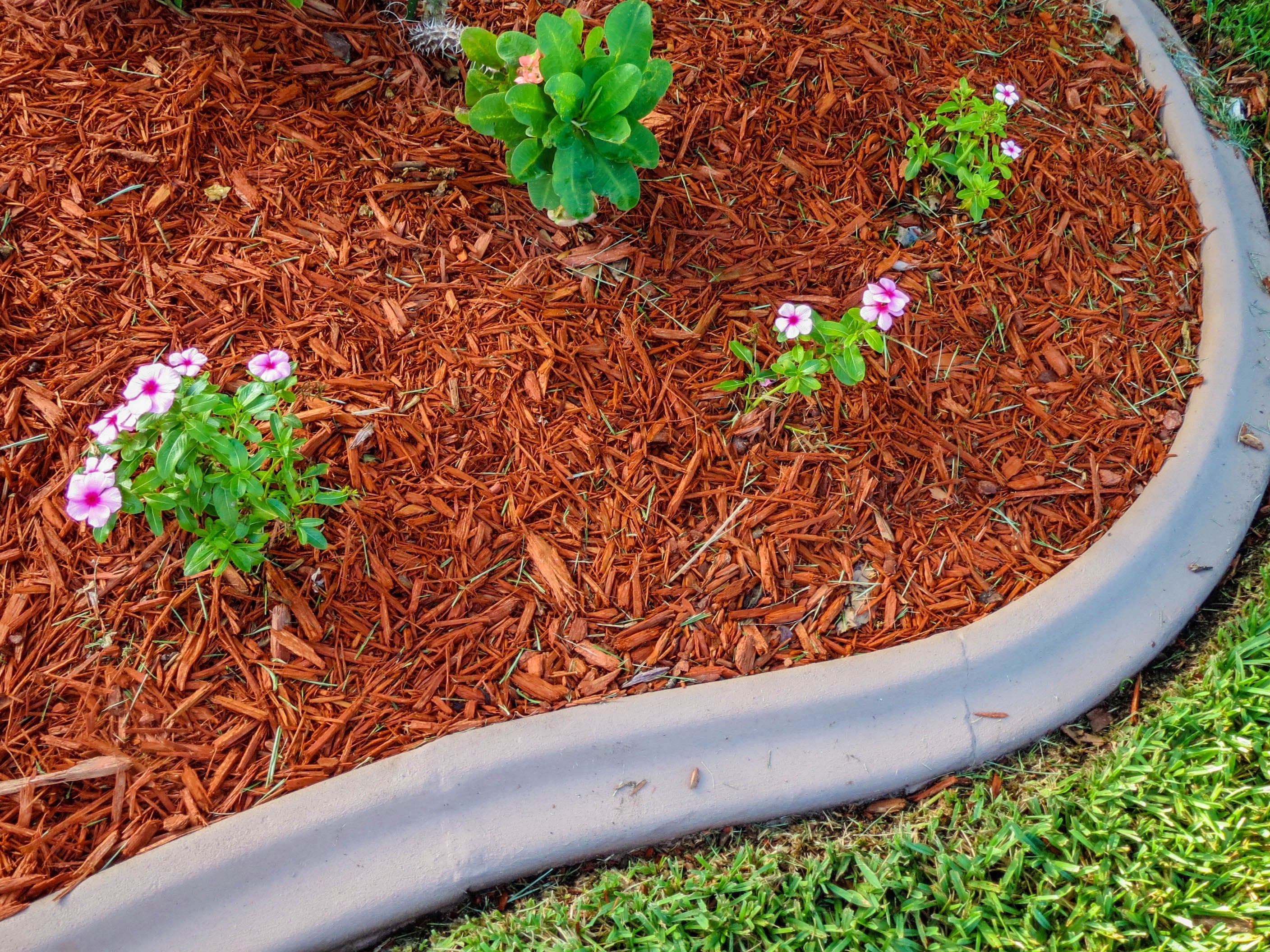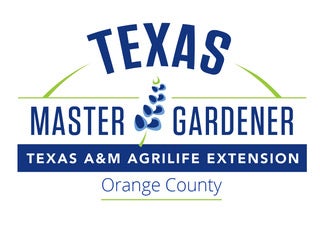The in’s and outs of mulch
Published 12:07 am Saturday, May 30, 2020
|
Getting your Trinity Audio player ready...
|
Texas Certified Master Gardener, Orange County Master Gardeners
Mulch is a covering spread around plants to help control weeds and hold in moisture in the soil. It also creates an insulating layer between the soil and summer sun’s heat or the winter cold. Mulch can be composed of many different materials: organic – such as compost, decayed leaves, grass clippings, bark, hay, wood chips, sawdust applied lightly, straw, pine needles, cardboard, newspaper (black ink only), or synthetic material – such as black plastic, fabric, or rubber. It is important not to use anything that has been previously chemically treated.
Deciding on the right kind of mulch to use in your garden can be a hard decision, so I am going to list the pros and cons of some of the more common mulches sold and used today. I will start with the organic mulches.
Compost is probably the best mulch by far. Using it, you not only are helping control the weeds, you are continuously feeding your plants thru their roots adding nitrogen and carbon. You will need at least a 2 – 4-inch layer of compost to keep weed seeds from germinating.
Hardwood mulches are recycled wood by-products. It’s finely shredded, lasts for a while, and stays put. Hardwood will decay faster than cedar mulch, allowing nutrients to be released into the soil, enriching the garden and will suppress weeds. The pH in hardwood mulch, more alkaline, could change soil pH, but can be managed by adding 3 lbs. of sulfur per cu. yd. bark or per 100 SF of bed. Hardwood mulch compacts well, working well on uneven surfaces. However, that compaction can repel water and soils under remain dry, resulting in microorganisms competing with plants for nutrients.
Cedar mulch is a stringy shredded wood lasting longer than hardwood mulch. Twice ground cedar mulch is finely ground and will compost faster. Cedar has a beautiful golden-brown color that looks attractive around plants. Cedar contains natural oils smelling wonderful but deter some pests and insects. The light color repels harsh heat unlike darker mulches keeping shallow roots from overheating. The rich golden color fades quickly leaving gray wood slivers in your garden for a good while until it breaks down. Fresh cedar mulch robs soil of nitrogen, a crucial plant element. The aromatic oils can repel beneficial insects. The long-lived nature of cedar means it’s not adding nutrients, so more frequent fertilizing will be needed in these beds.
Pine Straw is great for plants such as azaleas, gardenias, camellias and evergreen shrub beds. It is easy to collect if you or neighbors have pine trees. It is light, easy to work with, lasts longer than many other types of mulch and does well holding in soil moisture. Pine Straw is not effective as a weed barrier as the needles are thin and light unless you pile it on very thick. Thus, becoming welcoming habitats for pests and insects both good and bad and attracting snakes in search of food. It takes several years to decompose, flies away in wind and is very combustible. So, don’t use next to your home.
Dyed mulches are pretty but do not break down enriching the soil. The dye leaches into the soil, discoloring it and contaminates such as chromium, copper, arsenic, etc. and could be killing beneficial soil bacteria, insects, earthworms and sometimes the plants themselves. Run off from the gardens could seep into groundwater or drain into surface water and cause issues in aquatic environments.
Rubber Mulch is heavier than wood mulches and will last 10-20 years. It does not break down, so you will need to fertilize more often. It is usually more expensive than wood mulch.
Black plastic sheeting over the surface of your garden plot will help keep the water underneath from evaporating, while smothing any weeds that may try to sprout. Weeds can grow in areas the plastic doesn’t cover. It’s good for large vegetable gardens raising the soil temperature 3-5°F down to about 6 inches, warming soils sooner in spring, thus harvesting vegetables earlier. It also helps reduce soil compaction and loss of nutrients due to runoff.
I hope this short synopsis of the different types of common mulches has helped you decided which would be best for your gardening needs. Next week, best places to use the different mulches. If you have any horticultural questions, please contact us thru our Facebook page Orange County Texas Master Gardeners or website https://txmg.org/orange.







